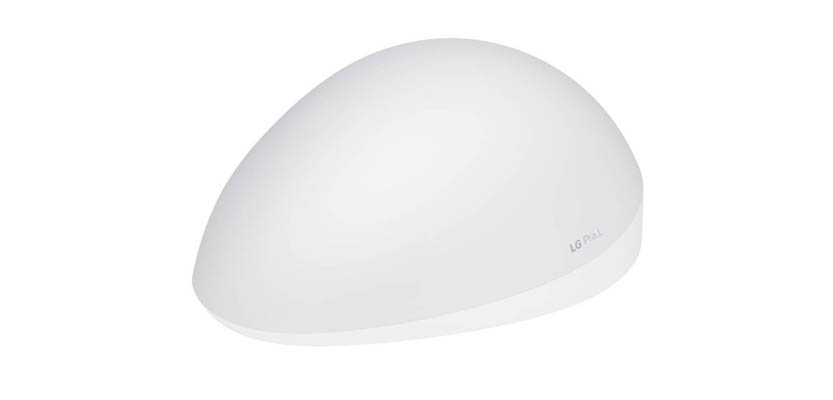There’s no denying that there’s a huge and growing market for hair loss treatments around the world – not least because we’ve yet to find one that works unilaterally to both prevent and reverse hair loss.
So it comes as no surprise that tech giant LG wants in on the action. But unlike most of its competitors in the electronics world, LG has chosen not to target the clinician, with large in-clinic devices, but instead to aim straight for the consumer, with home-use devices that could eliminate the need for professional assistance.
The tech firm already produces a home-use skin rejuvenating mask, alongside its more usual fare of televisions and smartphones, and now it has launched itself into the hair loss world with the MediHair, a helmet designed to treat male-pattern baldness.
How does a hair loss helmet work?
This isn’t the first such device to hit the shelves. Theradome launched a similar product in 2018, to much acclaim.
The LG product uses 146 lasers and 106 LED lights to stimulate the stem cells of the hair follicles, which the manufacturers claim will enhance hair growth, slowing down the balding process.
The MediHair is still in the testing phase, so hasn’t been launched to the public yet, although it has been approved for consumer use in LG’s homeland of South Korea.
Similar devices, however, work in much the same way as in-clinic laser hair loss treatments, just without the clinic: users must wear the helmet for around 20 minutes a day, up to four times a week, and can expect to start seeing results at about the 12-week mark, although it can be earlier.
But does it actually work to reduce hair loss?
Clinical trial results for the MediHair are looking good – a study conducted at the Seoul National University Bundang Hospital reported that patients using the mask three times a week for sixteen weeks “saw an improvement in hair density and thickness”.
More generally, laser treatment for hair loss has been clinically proven to work, but its effectiveness varies according to the individual and it can be a long and costly process.
A home-use version, while convenient, may not offer as much impact as an in-clinic procedure, as the lasers cleared for home-use are unlikely to be as strong. It’s also easy to underestimate the benefits of having a professional on hand to monitor your progress and adjust treatment accordingly.
How can I go about getting laser treatment for hair loss?
As mentioned previously, the LG product hasn’t been launched to the consumer yet, but similar devices are already out there.
If you’d prefer an in-clinic treatment, or would simply like to talk things through with an expert before making a decision either way, why not contact us today to book an appointment with one of our hair loss specialists.

